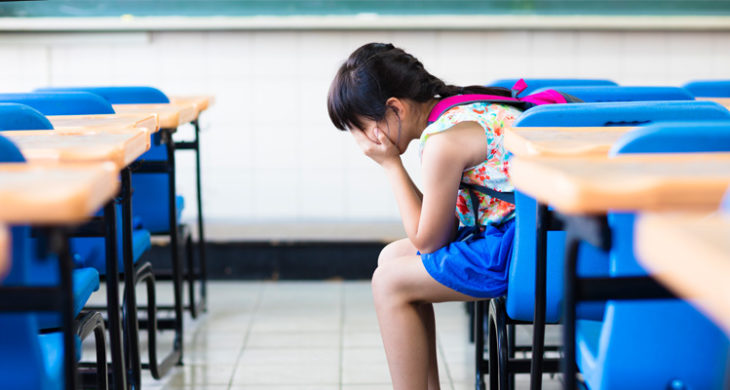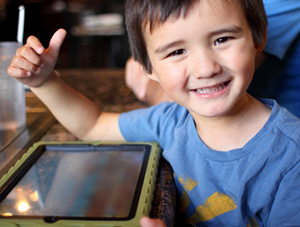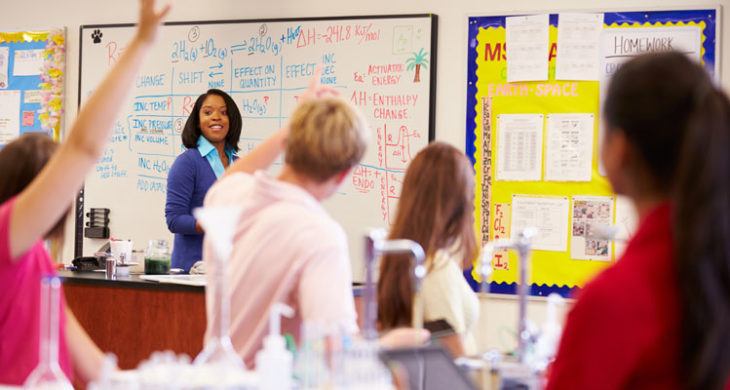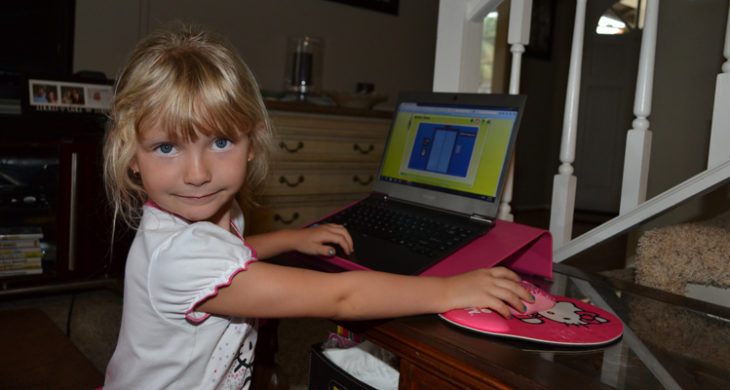A traditional classroom setting offers a bit of a “one-size-fits-all” approach to learning. Each child has their own desk and their own supplies, but that’s often where the individuality ends.
A “student-centered” learning experience is a bit different—and, some may argue, a better experience for the child.
However, many parents are unfamiliar with the term and how it can be used in education. Here are all the details regarding student-centered learning.
Student-Centered Learning
Student-centered learning is a broad term that can be used to describe a variety of different educational strategies, but the premise is usually to focus on the unique learning abilities of each student. Each child has his or her own personality, quirks, and study habits. While traditional learning techniques tend to focus on what works best for the majority, a child with dyslexia or other learning issues may slip through the cracks. Even children without specific learning challenges may simply learn differently than the ways his or her teacher teaches in the classroom. For example, if the lessons are primarily presented orally, some children may have trouble keeping up because they are visual learners.
Student-centered learning aims to correct this problem. It’s a simple term that describes a complex system of teaching methods, which may vary from one classroom to the next because each child is different.
The History of Student-Centered Learning
Student-centered learning is a fairly new term, but the idea has been growing for a while now. Many parents, educators, students, and child psychologists determined that traditional techniques simply weren’t working for many children.
In fact, student-centered learning dates back as far as the 1930s. At this point, classrooms were quite organized and structured, and some began to suggest a more “student-centered” environment rather than only “teacher-centered.”
“Teacher-centered” learning techniques focus on helping the teacher keep the classroom organized and the learning styles streamlined. The teacher conducts the lessons and asks most of the questions. The children rarely speak and follow the teacher’s orders.
It’s an efficient system, but opponents believe it leaves many students scrambling to keep up.
Fast forward to today: Classrooms are much more relaxed than in the 1930s, and students are encouraged to discuss concepts and interact more. But often, the teacher still stands in front of the class, chooses the material to study, leads the lesson, and only asks questions at the end, leaving little time for students to process the material, discuss it, and determine what they might need to fully learn it.
A Student-Centered Classroom
By contrast, a student-centered classroom looks a little bit different. In these classrooms, students are encouraged to seat themselves in circles or groups. With a teacher’s guidance, the students decide the direction of each lesson.
Students are encouraged to move throughout the lessons as needed, and activities are a regular part of the learning experience. They may also ask questions and lead discussions if it helps the learning process.
In fact, sometimes student-centered learning doesn’t use a classroom at all. Many students learn best via internships or through travel. Others utilize technology to learn from any location with internet access.
Student-Centered Learning Benefits
The most obvious benefit of student-centered learning is that it seeks to meet every child’s needs. With this method of teaching, there is the expectation that more students will be engaged and better learn the material. In fact, one high school reported an adjusted 16 point jump in graduation rates because they adopted student-centered learning techniques.
It also makes learning more interesting and entertaining, and many students find that the educational experience doesn’t stop at the end of the school day. In fact, students often keep learning at home, and they may even choose to study primarily on nights or weekends.
Because children are active participants in their learning, they are generally more engaged and focused. This type of involvement also fosters growth and independence for the child as they mature into adulthood.
The Future of Student-Centered Learning
Student-centered learning has made great leaps in recent years, but it’s still far from mainstream. In fact, only a small percentage of schools utilize this method (though more and more teachers are adopting some of its practices).
In the future, though, it’s possible that this type of learning will become more commonplace, possibly even replacing teacher-centered learning altogether.
If you think your student would learn well in a less traditional classroom setting, consider a virtual school. Students participating in a K12-powered public school receive a high-quality, personalized education experience online. Your child would learn from home or anywhere they have an internet connection via online lessons, interactive activities, and virtual classroom sessions. Visit K12.com to learn more and find a school in your area.
,










